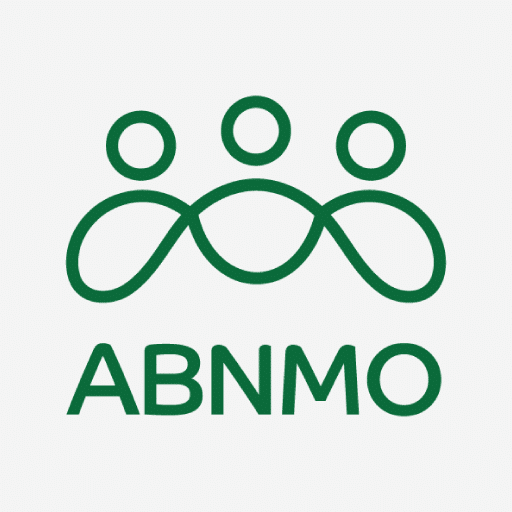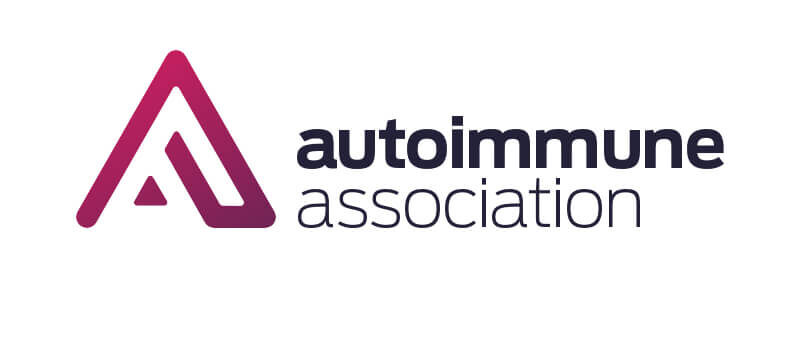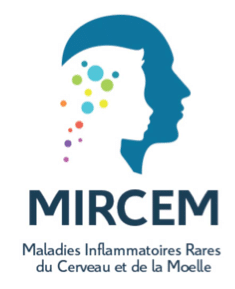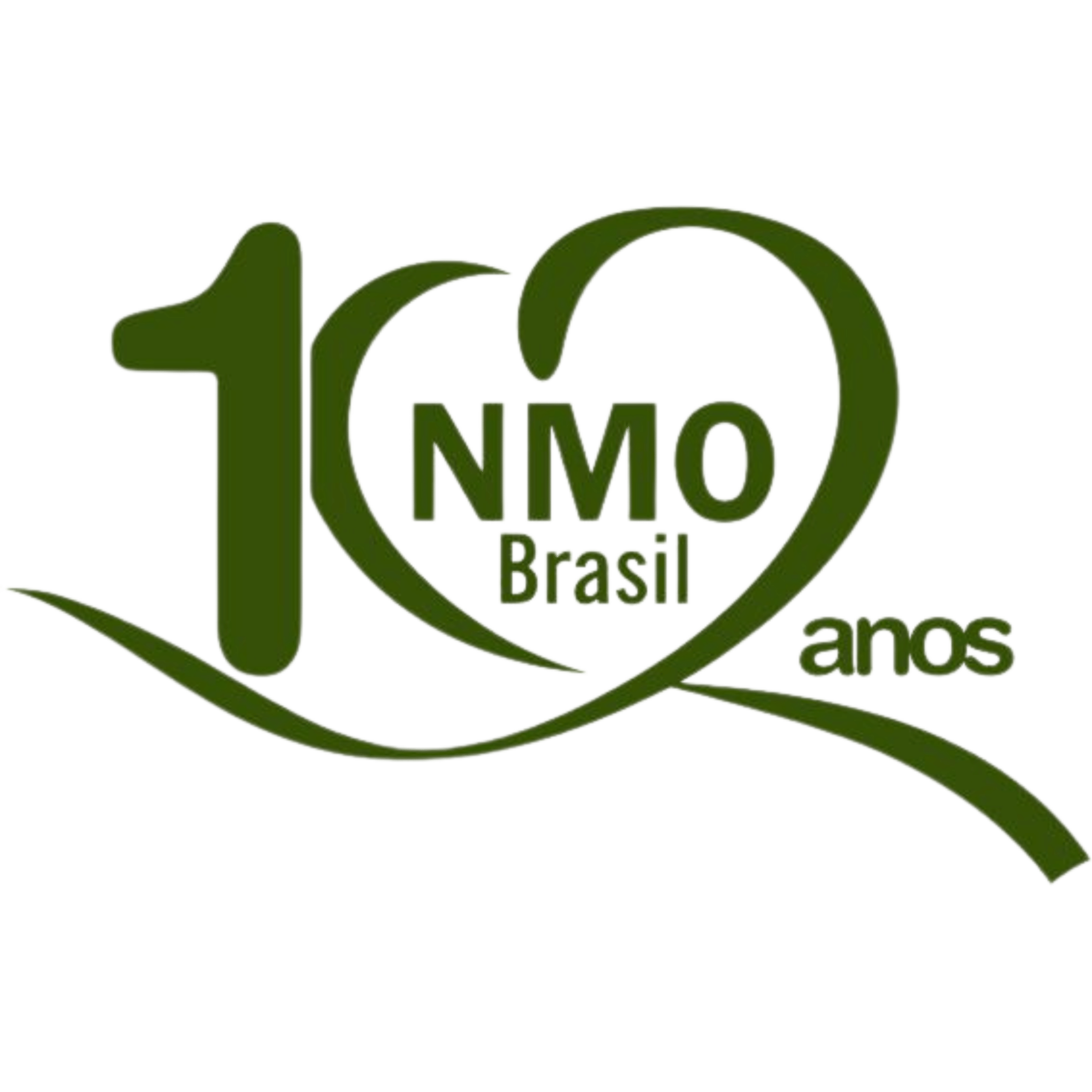
MOG-IgG in NMO and related disorders: a multicenter study of 50 patients. Part 1: Frequency, syndrome specificity, influence of disease activity, long-term course, association with AQP4-IgG, and origin
Journal: Journal of Neuroinflammation; October 27, 2016
Author(s): Sven Jarius, Klemens Ruprecht, Ingo Kleiter, Nadja Borisow, Nasrin Asgari, Kalliopi Pitarokoili, Florence Pache, Oliver Stich, Lena-Alexandra Beume, Martin W. Hümmert, Corinna Trebst, Marius Ringelstein, Orhan Aktas, Alexander Winkelmann, Mathias Buttmann, Alexander Schwarz, Hanna Zimmermann, Alexander U. Brandt, Diego Franciotta, Marco Capobianco, Joseph Kuchling, Jürgen Haas, Mirjam Korporal-Kuhnke, Soeren Thue Lillevang, in cooperation with the Neuromyelitis Optica Study Group (NEMOS)
Mog antibodies in patients with NMO and related disorders: How frequently are they detected? Are they associated with AQP4? When are they detected and how long do they stay in the blood?
MOG antibodies might be present and play a role in a subset of patients with neuromyelitis optica and related disorders. This study tested (i) the frequency of MOG-IgG in a large (mainly Caucasian) group of patients with optic neuritis (ON) and/or myelitis; (ii) the frequency of MOG-IgG among patients testing positive for AQP4 and vice versa; (iii) the origin and frequency of MOG-IgG in the cerebrospinal fluid (CSF); (iv) the presence of MOG-IgG at the first appearance of disease; and (v) the influence of disease activity and treatment status on MOG-IgG titers. The results showed that MOG-IgG is present in a substantial subset of patients with ON and/or myelitis, but not in classical MS. It is very rare that patients test positive for both MOG-IgG and AQP4-IgG. Serum MOG-IgG can be detected at the first appearance of the disease and remains detectable in the long-term disease course. Serum titers depend on disease activity and treatment status.
Free Access: Full text






























